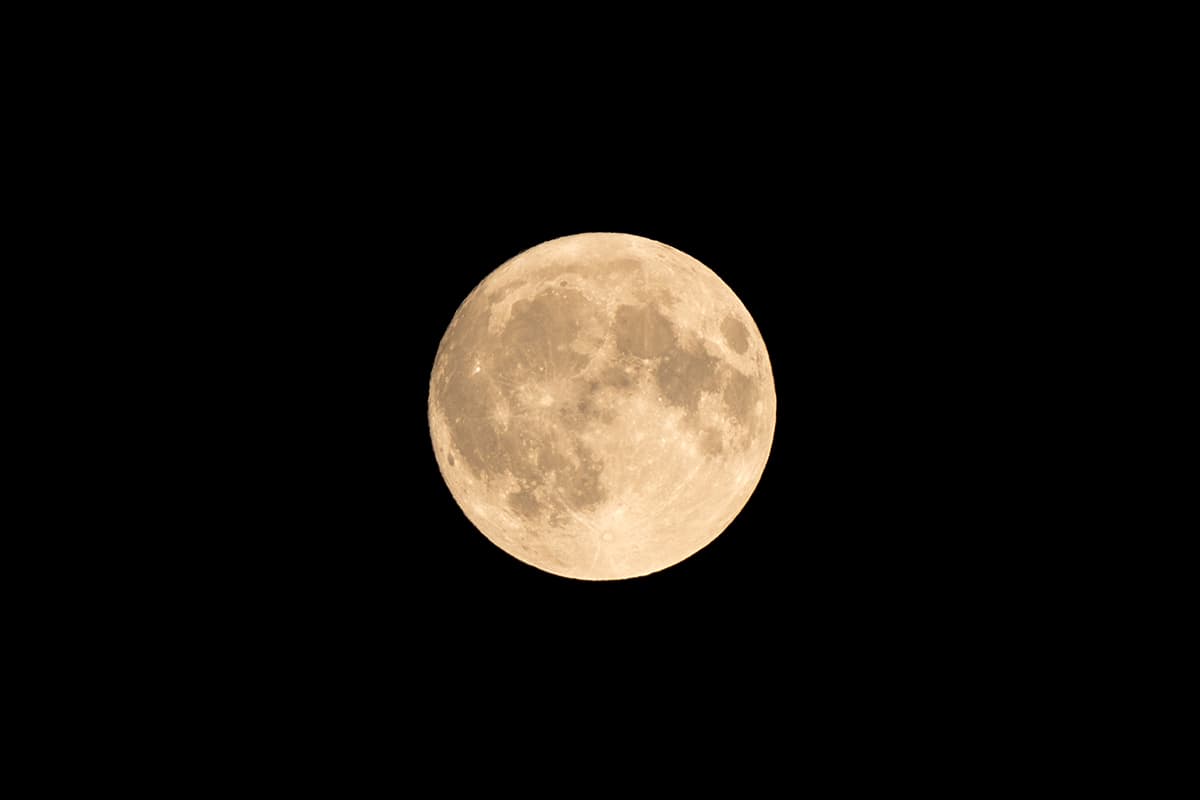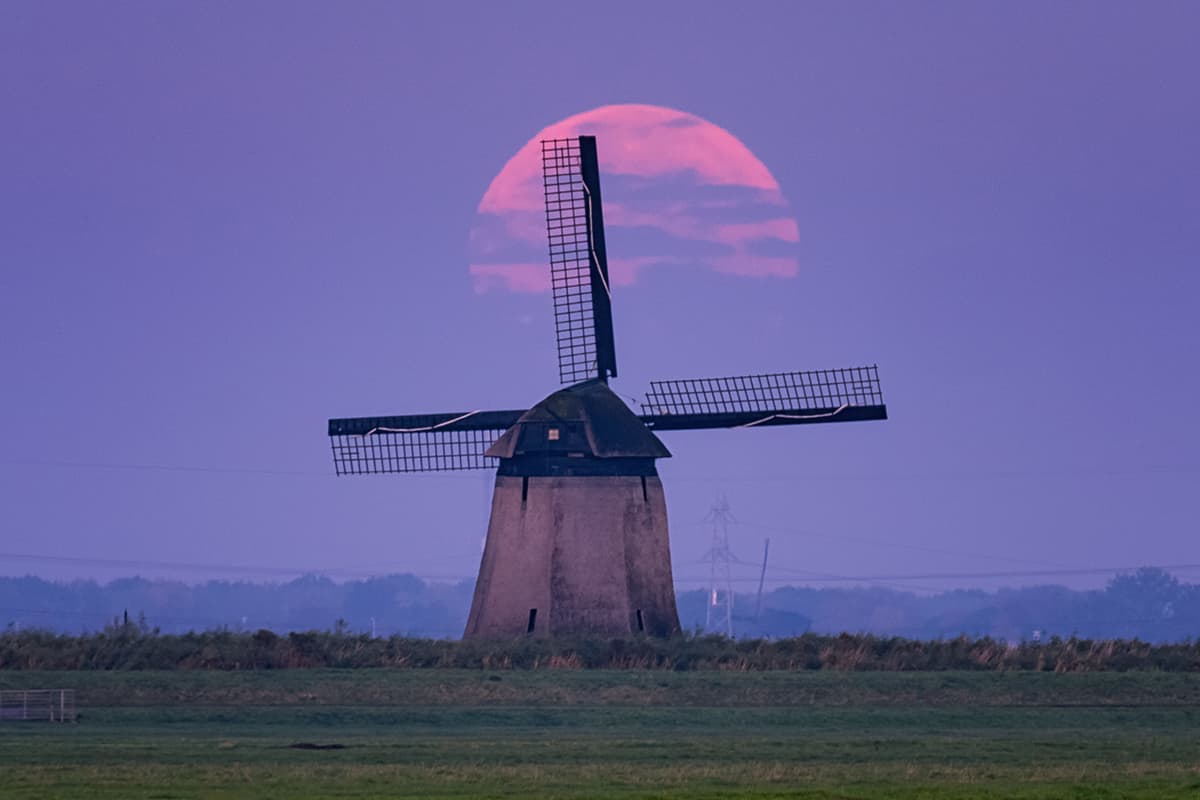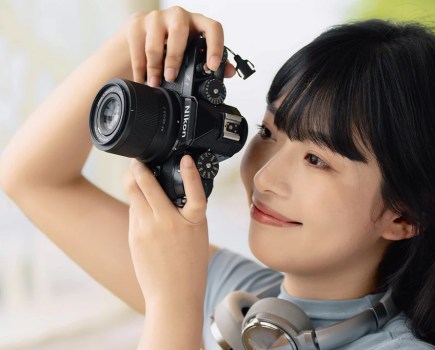Monday evening will see the biggest and brightest full moon since 1948 lighting the night sky.
Commonly referred to as ‘supermoons’, these unusually bright and large full moons are caused when the moon passes by the Earth at its closest point during its monthly orbit, and usually occur every couple of years. Monday’s full moon will mark the largest of a trio of supermoons in 2016 – October 16th, November 14th and December 13th. In fact, according to astronomers, we won’t see a supermoon come this close to the earth again until 2034 – and there won’t be any at all in 2017.
Last month, professional astro-photographers Andrew Whyte and Albert Dros were shooting the October supermoon. Andrew has the below quick tips for anyone planning to wrap up warm and head out to photograph Monday’s (even bigger) full moon.
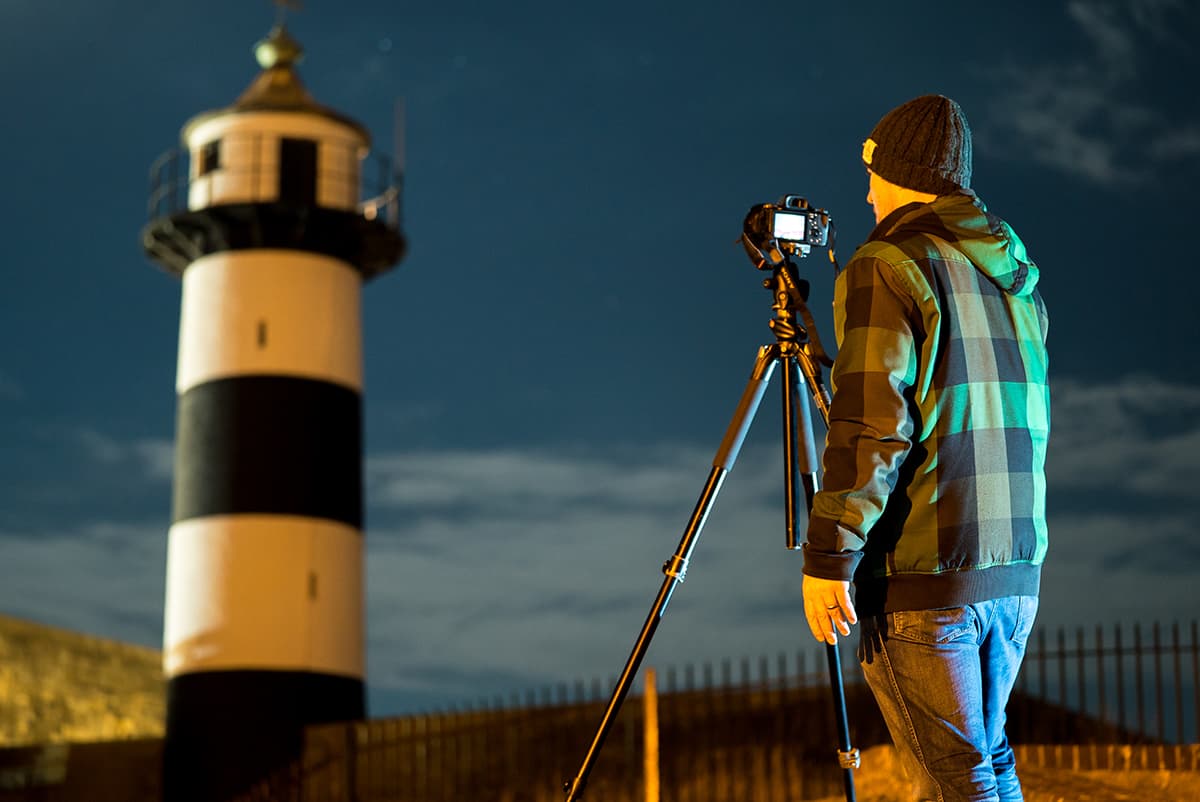
1. Use apps & maps to research & prepare for your shoot
Information about moonrise times & positions are all readily available online and can be cross referenced with map data to help confirm if the shot you’re seeking is possible. Try to include a landmark feature in your image but make sure there’s nothing in the background that can obstruct your view of the moon- tall buildings, for instance, or in more rural settings, a copse of trees or distant hilltops.
2. Do all you can to minimise vibrations
Anything that causes the camera to vibrate can lead to a loss of sharp detail in the final image. A solid tripod and cable release helps to minimise such potential for movement. It’s particularly important on camera and lens combinations like the ones I used for this shoot, the Sony α7R II & 70-200 GM, which combine very high resolution and incredible optical resolving power.
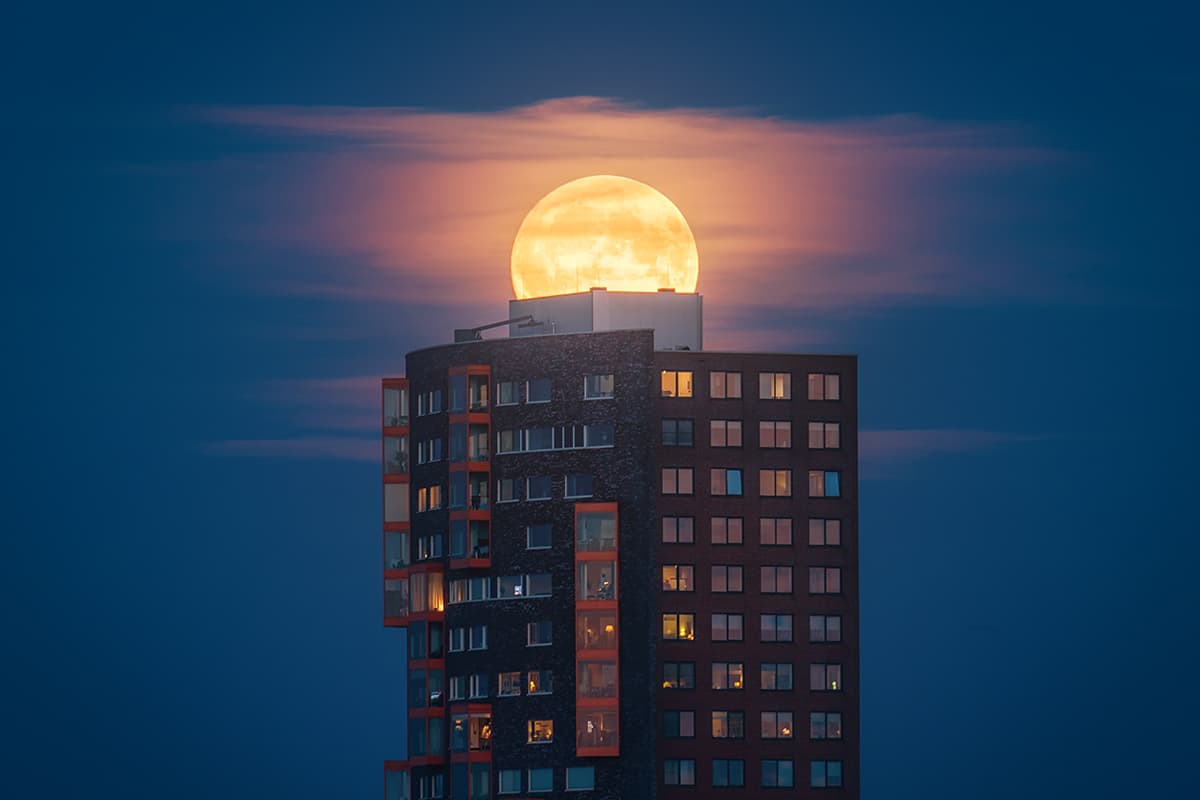
Shot with a Sony α7R II and a G Master 70-200mm telephoto lens, which promises impressive resolving powers and low-light performance. © Albert Dros
3. Take control of your camera
For consistent results you need to instruct the camera what settings to apply. I prefer to shoot in Manual mode but Shutter priority can also be used- these can be found respectively in the M and S positions on the Camera Mode dial. In either case, it’s important that you tell the camera what shutter speed to apply, then adjust brightness using ISO (Manual mode) or the Exposure Compensation dial (Shutter priority).
Traditional advice is to select a shutter speed that’s numerically the same (or higher) than your lens length- so over 1/200sec for a focal length of 200mm or over 1/400sec for 400mm etc. This helps avoid any further movement exaggerated by the longer lens. With a stabilised lens such as the FE 70-200 G Master or similar, and a good technique, you can comfortably halve this rule (for instance, over 1/100 sec at 200mm) and still retain sharp detail on static subjects.
4. Focus-autofocus or manual with peaking
Particularly with telephoto lenses you sometimes have to compromise over which parts of your scene to have in focus. Choosing a subject that’s distant but large gives you the best chance of retaining sharp focus across the whole scene. The moon is large enough and bright enough to allow you to use autofocus but you may prefer to focus manually. Some cameras like the α7R II features zoom assist and focus peaking to help you lock in the finest details – these functions firstly magnify the focus area within the viewfinder, then show small coloured highlights to confirm that the area is in focus. I find them invaluable, especially in low-light conditions.
5. Keep shooting and look for incoming subjects
Even the best-framed photo can be interrupted for better – or worse. From an inopportune passer-by in the foreground to a well-timed bird or plane in front of the moon- take a few photos in quick succession for each composition. But watch ahead for anything entering or leaving the frame, as some “lucky” shots are really the product of the photographer’s vision and anticipation.
6. Stay out late & get creative
As the moon rises higher and the sky darkens, so arrives the chance to change your shooting style, for instance by silhouetting different subjects against the moon’s bright surface. Look for interesting forms in tree branches, or wildlife on a hillside. If you’re with friends, ask them to pose in front of the lens and frame them in front of the moon.


